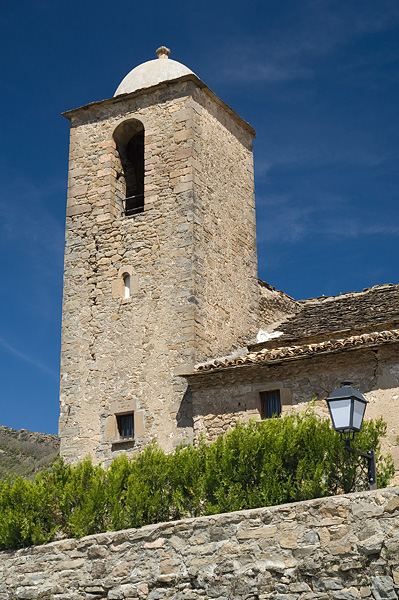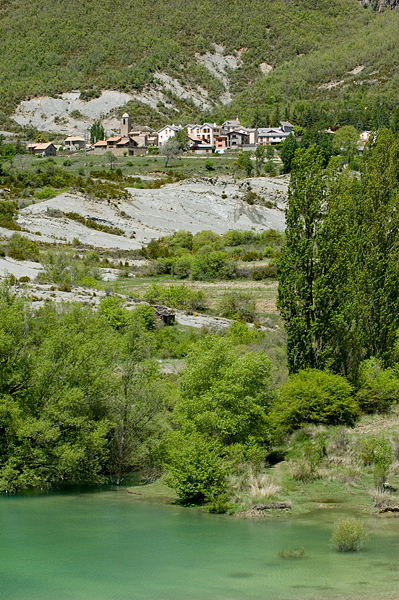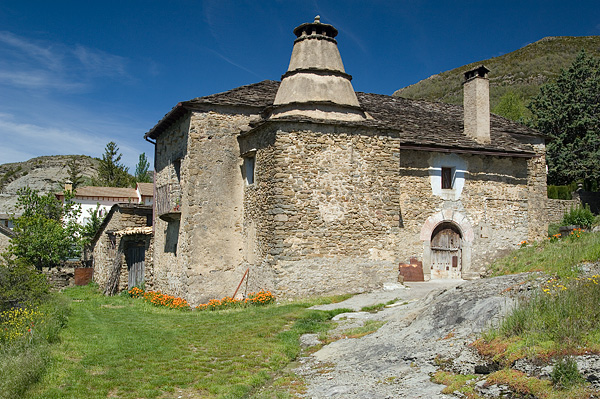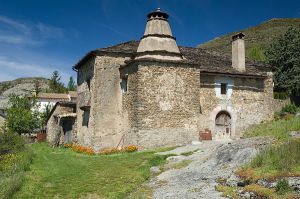In an unbeatable natural enclave, tucked between the Sierres de Gratal and the Pico del Águila, Arguis is a small village that hugs the terraced terrain, forming traditional Pyrenean narrow winding streets. These streets widen in places to form squares, create peculiar bridge-houses in others, as well as low passages popular for photography and souvenirs.
Arguis has been documented as far back as the 11th century, and its Parish Church of San Miguel dates from the 12th century.

The 16th-century Chapel of the Virgen de Soldevilla is located nearby, and the Chapel of La Magdalena, located in the high meadows of Bonés, features a medieval necropolis.
It is impossible to talk about Arguis without talking about its reservoir; one couldn’t exist without the other. The first account of the reservoir dates to the 18th century, making it the oldest reservoir in Aragón, although previous projects by Francisco Antonio de Artiga, an eminent 17th-century Huescan architect who headed the architectural reform of the University of Huesca, were recorded. The “Pascual Garrido” Interpretation Center is located next to the reservoir and helps explain the characteristics of the forests and prairies of the Sierra y Cañones de Guara Natural Park. In fact, part of the municipality of Arguis is located inside the Natural Park, which features stunning spots like the Campes de Bonés.

The village is located on the banks of the Isuela River, which forms a spectacular canyon that opens onto the plains of Hoya de Huesca. You’ll discover the San Clemente cave and spring in the canyon, near the reservoir dam.
From Arguis you can take some of the most popular trails with visitors, such as the trail that climbs to the peak of the Gratal, the path around the reservoir, and the path to Pico del Águila from outside the village.
Arguis celebrates its festival in honor of St. Mary Magdalene on July 22nd, on September 29th in honor of St. Michael.










